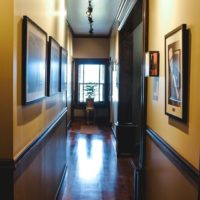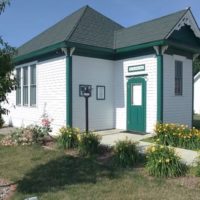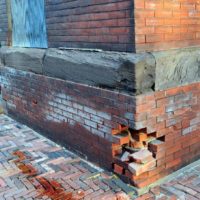
2020 Preservation at Its Best: Adaptive Reuse As one of Iowa’s premier performing arts organizations, Des Moines Metro Opera (DMMO) embarked on a $3.5 million dollar campaign to restore and expand the National Register of Historic Places Carnegie Library they call home. The opera had maintained the building’s historic integrity. Working with OPN Architects created… Read more »

















